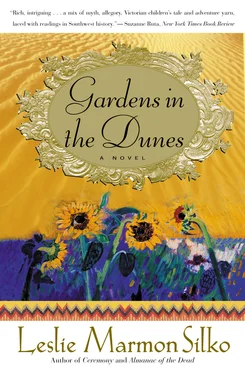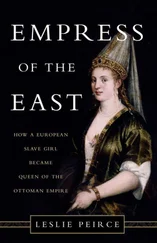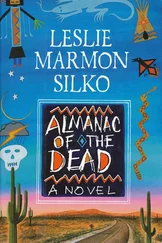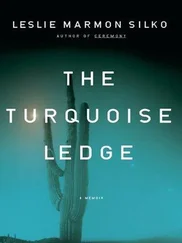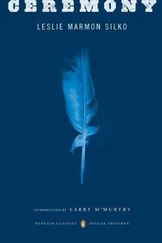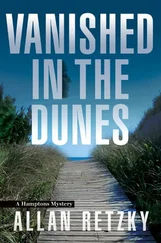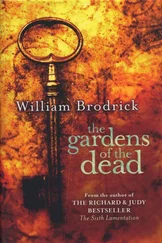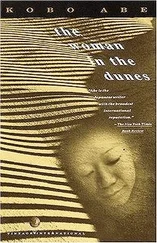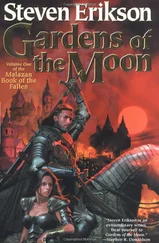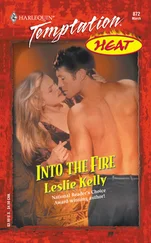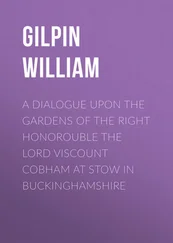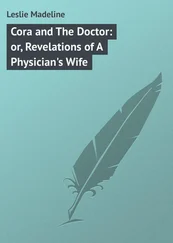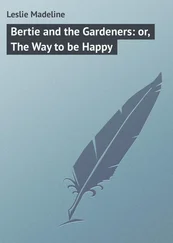Once out of town, Indigo was excited to see the trees and vegetation of the river valley gradually give way to a rolling plain of grasses that appeared soft and lush in all colors of green, yellow, and copper. Aunt Bronwyn pointed out the window; off in the distance, if one looked very carefully, one could see the largest of the upright stones; next to this stone and still hidden from view was the old church. The lurching of the coach and the shifting sunlight on the plain made the boulder difficult to see until they got closer.
As they neared them, Hattie was quite amazed at the size of the upright stones — they were as tall as the church walls and as broad as the bow of a steamship. She felt a bit foolish because she had expected old stones on the scale of the stones in Aunt Bronwyn’s garden.
They parked in the shade of an upright stone that dwarfed the horses and coach, but they no sooner got out than another coach pulled up. Aunt Bronwyn exhaled indignantly when she saw the occupants; the young men appeared to be archaeology students, who eagerly followed their professor with measuring rods and notebooks in hand.
“Curses, curses,” Aunt Bronwyn muttered under her breath as the group tramped down the meadow path to the center of the stone ring and began to measure the distances between the giant stones. To avoid the archaeology class, Aunt Bronwyn took them first to see the old Christ Church near the burial cove.
How odd to build a church here, so far from the village, Hattie thought. The church site was down the slope of the hill from the giant boulders, which appeared to dwarf the church structure until one reached the churchyard.
To Indigo, the huge upright boulder appeared to be a giant blackbird’s head and the two great overturned boulders on either side were the giant bird’s wings outstretched.
A rusted chain and lock secured the church doors, but they were able to peek through the crack between the doors to see the bare stone room. Only the stone steps and massive altar stone, supported by blocks of stone, remained; the altar’s stones were cut from the same sandstone as the three giant horizontal stones that formed the entryway to the ancient burial mound.
The location of the church, between the stone circles on the hilltop and the smaller stone ring and burial mound, was intended to discourage the people from their midsummer bonfires and all-night dances. Stories claimed the stones of the circles here were once guests and members of a wedding party who danced all Saturday through the night to the sabbath, when suddenly the sinners dancing in their circles turned to stone. While she was talking, Aunt Bronwyn kept an eye on the hilltop, and when the students and their teacher began to make their way toward the church, Aunt Bronwyn nodded at Hattie and Indigo and they walked briskly up an outlying path to avoid the group.
Indigo touched each of the giant stones along the circular path; the dark stones were rough with melted pebbles and rock fragments. Tiny quartz crystals in the great sandstone boulders glittered in the late morning sun; Indigo ran her finger inside the circles and spirals incised in the limestone — they looked like big eyes to her; and they were eyes, Aunt Bronwyn explained, the eyes of the original Mother, the Mother of God, the Mother of Jesus.
Indigo felt a rush of excitement and raced over the fragrant damp turf to the center of the great circle, where she sang out the words of the song from long ago: “The black rock, the black rock — the rock is broken and from it pours clear, fresh water, clear, fresh water!” Yes! The Messiah and his family stopped by this place on their journey to the east; Indigo felt certain of this.
Just then another vehicle — an open buggy full of sightseers — arrived, and Aunt Bronwyn shook her head and Hattie called to Indigo and they walked back to their coach. The best time to visit the stone circles was in the autumn or winter, without the commotion of so many sightseers. She preferred to visit the stones just as the fog and mist of a storm swept over the hilltop, because then it was possible to feel a marvelous energy and life from the stones. Hattie nodded; she took a last look around, embarrassed that she felt nothing from the boulders and curious to know what the measurements of the archaeologists might reveal.
Indigo sat on the edge of the seat all the way back to the house, her face bright with excitement. She did not expect to see Christ at his church, but it was reassuring to see the hilltop and great stones where he and the others stopped from time to time. She hoped Rainbow had not screeched or disturbed Edward while they were away. They’d carefully hung the brass travel cage from a stout rope tied in the main branch of an old yew tree inside the entry yard of the old cloisters, where the coachman’s wife, who liked pet birds, promised to reassure Rainbow he was not abandoned. Loud screeches greeted their coach even before it stopped, but the coachman’s wife reported he was quiet until then; a blackbird couple from the orchard kept him company most of the morning.
Although Edward’s hand was not quite healed, he booked them on a ship that departed Bristol for Genoa the following week. Hattie no longer slept soundly in the old cloister, and she worried Indigo would be misled by her aunt’s eccentric ideas.
The day of their departure for Bristol, Aunt Bronwyn read them an article from the London Times: certain Coptic scrolls obtained years before by the British Museum had just been authenticated. Hattie’s hands shook as she held the paper. So! Her intuition had not failed her! True words were beautiful words! She must write to her father. Poor Dr. Rhinehart! He died the previous year, before his life’s work could be vindicated; but she was more fortunate; now she could petition the thesis committee to reconsider their decision. But almost as soon as she had the thought, she realized she had no desire to return to the committee or to the thesis, though she could not explain this reluctance. She should have felt elated; instead she felt much as she had at the time of the committee’s original decision — worn down and sad — though she smiled bravely as she passed the article back to Aunt Bronwyn. Edward did not ask to see the article but he congratulated her, saying science had done its job for the muddled humanists. A bit later she excused herself to finish packing, but once in the room, she felt strangely tired and lay on the bed without removing her shoes.
At the pier, tears filled Aunt Bronwyn’s eyes as she smiled and hugged Indigo to her big bosom. “You must bring Indigo again,” Aunt Bronwyn said, and promised to visit them next year in Riverside when the weather in Bath was gloomy. Moments before, she gave Indigo a package that held a small silk-bound notebook where Aunt Bronwyn hand-printed the names (in English and Latin) of medicinal plants and the best conditions and methods to grow them. All the other pages in the green silk notebook were blank, ready for Indigo to draw or write anything she wanted. Bundled on top of the notebook with white ribbons were dozens of waxed paper packets of seeds wrapped in white tissue paper. Aunt Bronwyn also packed a large hamper of food and treats for the voyage. Their farewells were cut short by a light rain that gave way to a downpour. Indigo could not fight back the tears after their hug as she and Aunt Bronwyn parted. The parrot made a loud screeching sound that stopped her tears as she petted the bird and whispered reassurances to him.
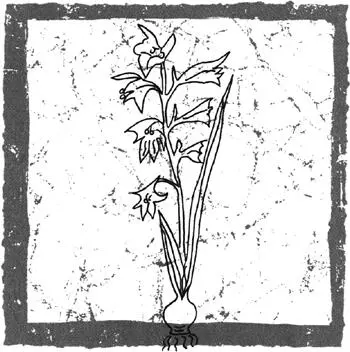

Читать дальше
